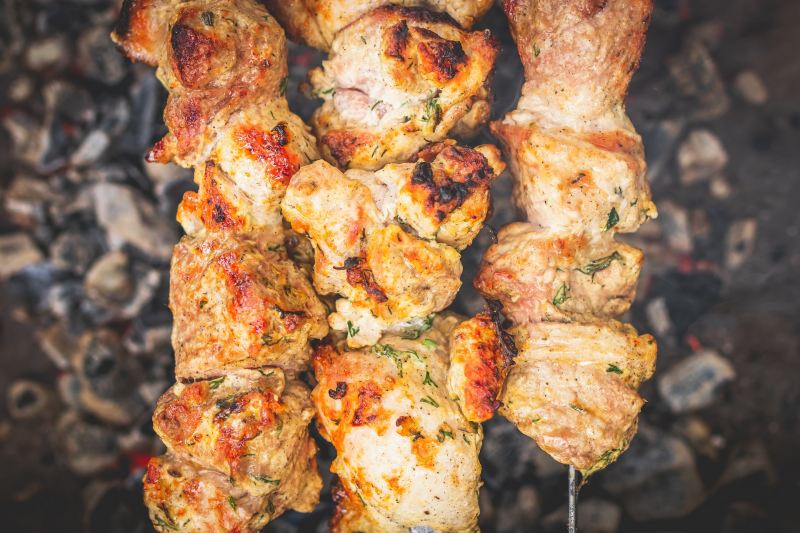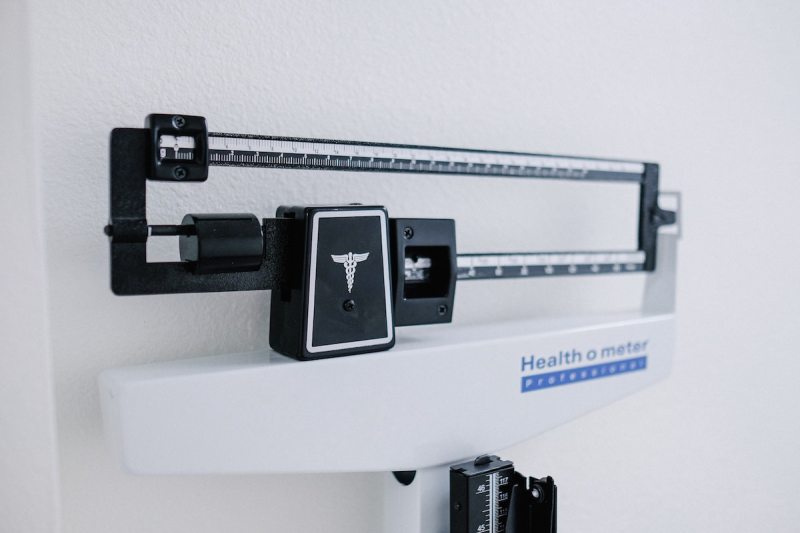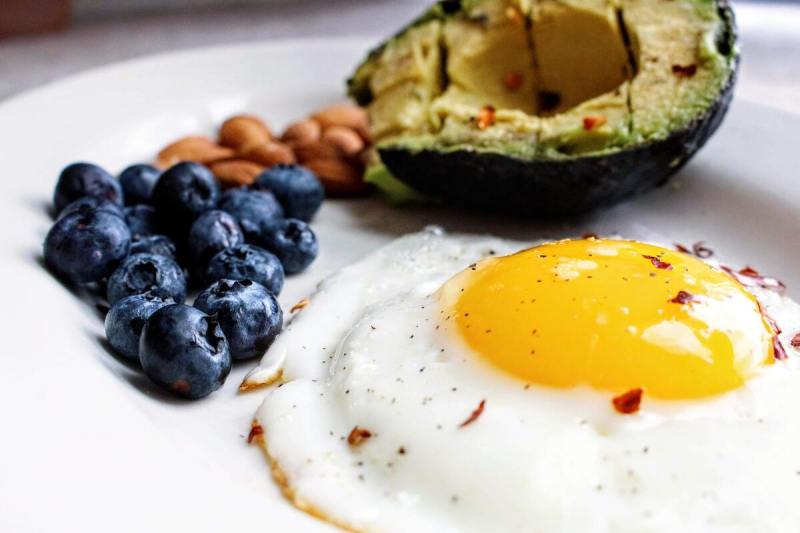Losing weight can have many benefits, including reduced chances for certain diseases, greater ease with everyday tasks, and improved confidence levels. However, the process of weight loss is individual, so it can be difficult to know what habits to implement to see results efficiently.
The Dukan diet is one of many popular eating methods for those looking to shed a few pounds. Created by the French doctor Pierre Dukan, this diet focuses on eating plenty of protein and fewer carbs. If this sounds like something that may work for you, keep reading to learn more details, what you can and can’t eat, and what results to expect.
What is the Dukan diet?

The Dukan diet is a high-protein, low-carb weight loss diet split into four phases. The diet promotes eating lean protein and oat bran, drinking plenty of water, and daily walks. Each phase of the Dukan diet plan — attack, cruise, consolidation, and stabilization — has its own rules and food lists, making it a structured diet plan designed for rapid weight loss and lifelong weight maintenance.
Here are those four phases:
1. Attack Phase:
- Purpose: Quickstart weight loss by limiting carbs and calories.
- Duration: 2-7 days.
- Foods allowed: Unlimited lean protein (chicken, turkey, beef, fish, eggs, nonfat dairy), oat bran, water, and coffee/tea.
- Foods to avoid: All other foods, including veggies, fruits, grains, and fats.
- Goal: Lose 2-7 pounds.
2. Cruise Phase:
- Purpose: Steady weight loss while adding select veggies.
- Duration: However long it takes to reach goal weight.
- Foods allowed: Unlimited lean protein, oat bran, specific non-starchy veggies (lettuce, spinach, tomatoes, cucumbers, bell peppers, etc.), water, and coffee/tea.
- Foods to avoid: Starchy veggies, fruits, grains, fats, and sweets.
- Goal: Lose 1-2 pounds per week.
3. Consolidation Phase:
- Purpose: Transition to everyday healthy eating while avoiding weight regain.
- Duration: 5 days for every pound lost.
- Foods allowed: Everything but lean protein and veggies 1-2 times per week. Slowly add back fruit, bread, cheese, and starch.
- Foods to avoid: None, but limit treat meals.
- Goal: Maintain new weight.
4. Stabilization Phase:
- Purpose: Maintain weight loss long term.
- Duration: Indefinitely.
- Foods allowed: Wholesome meals with lean protein, veggies, smart carbs, and healthy fats. Two “celebration” meals per week.
- Foods to avoid: Processed foods, sodium, sugary drinks, and large portions.
- Goal: Lifelong weight maintenance.
What are the benefits of the Dukan diet?

Promotes rapid weight loss
One of the primary appeals of the Dukan diet is its promise of swift weight loss, especially during the initial “Attack” phase. The low-carb, high-protein formula of the diet facilitates rapid weight loss, which can motivate dieters to stick with the plan and strive toward their weight loss goals.
Provides clear guidelines
If you appreciate structure and clear-cut rules, the Dukan diet could be a good fit. The diet provides explicit guidelines about what you can and can’t eat in each of its four phases, reducing guesswork and making meal planning easier.
Emphasizes lean protein
A cornerstone of the Dukan diet is its emphasis on lean proteins. Consuming lean proteins can help you build muscle mass, boost your metabolism, and sustain a feeling of fullness, which aids in curbing unnecessary snacking or overeating.
Encourages long-term weight maintenance
Unlike many diets that focus on quick weight loss and leave you to figure out weight maintenance on your own, the Dukan diet includes a “Consolidation” and “Stabilization” phase designed to help you maintain your new weight.
What can you eat on this diet?

On the Dukan diet food list, the foods you can eat depend on the phase you’re in. Here are some key foods allowed:
- Lean meats like beef, pork, and venison
- Poultry without skin, such as chicken and turkey
- Fish and shellfish of all types
- Non-fat dairy products like milk, yogurt, and cottage cheese
- Tofu and other plant-based proteins
- At least 1.5 tablespoons of oat bran per day (the amount increases with each phase)
What foods are restricted on this diet?

Some foods are off-limits or restricted during certain phases of the Dukan diet. These include the following:
- Fatty meats such as lamb or rib roast
- Oils, butter, and other fats
- Starchy foods like potatoes, rice, and bread (until later phases)
- Foods high in sugar, including most fruits (until later phases)
- Alcoholic drinks (until later phases)
Are there any possible adverse effects?

It’s essential to be aware of potential downsides that could affect your health.
Risk of nutrient deficiencies
In its early stages, the Dukan diet can be quite restrictive, limiting the consumption of certain food groups. This could potentially lead to deficiencies in important nutrients like vitamins, minerals, and fiber. This is especially true if your goal weight is significantly different from your current weight. Someone looking to lose 100 pounds risks going without essential nutrients for a lot longer than someone looking to lose 10 pounds.
Potential strain on kidneys
Diets high in protein can sometimes put additional stress on the kidneys, which have to work harder to remove the waste products of protein metabolism. If you have any pre-existing kidney conditions, it’s important to consult your healthcare provider before starting the Dukan diet.
Possible initial side effects
Some people starting the Dukan diet may experience a few unpleasant side effects, such as bad breath, dry mouth, tiredness, and constipation. These are typically a result of the body adjusting to a low-carb diet and tend to resolve over time. If these symptoms persist, you should seek medical advice.
Example meal plan

A typical day on the Dukan diet might look like this:
- Breakfast: Two scrambled eggs with skimmed milk, a slice of lean ham, and 1.5 tablespoons of oat bran
- Lunch: Grilled chicken breast with a side of nonfat cottage cheese
- Snack: A handful of shrimp or a non-fat yogurt
- Dinner: Steamed white fish with a side of tofu and a Dukan-friendly dessert made with oat bran
Embarking on a weight loss journey can feel daunting, but with a structured and systematic approach like the Dukan diet, the task might just become a little less overwhelming. It’s also important to remember that, as with most diet plans, it’s easy to gain back the weight you lost over the long term unless there are sustained, meaningful changes to your fitness habits overall.
Remember, the Dukan diet is high in protein and restricts certain food groups, so it’s crucial to consider if this suits your dietary preferences and health status. Always consult with a healthcare provider before starting any new diet plan to ensure it aligns with your nutritional needs and health goals.
With careful planning, the Dukan diet could potentially be a stepping stone toward achieving your weight loss goals this year. As with any health journey, remember that it’s not just about the number on the scale but about adopting habits that support your overall well-being.
Frequently asked questions

Is the Dukan diet hard to follow?
The perceived difficulty of the Dukan diet really depends on the person. This diet restricts what specific foods you can eat, but it doesn’t restrict the amount. If you simply want to avoid feeling hungry while dieting, the Dukan diet could be great for you. If you have trouble limiting certain foods you enjoy to fit within the requirements, the diet may be more of a struggle.
Is the Dukan diet expensive?
Overall, the Dukan diet is an affordable way to eat, at least compared to some other diets. Your food list does adjust throughout the phases, but the foods you can eat during each phase are limited, so your grocery list will be as well. However, meat and other protein sources can be a bit more expensive, so if you are eating larger amounts, that could add up.




